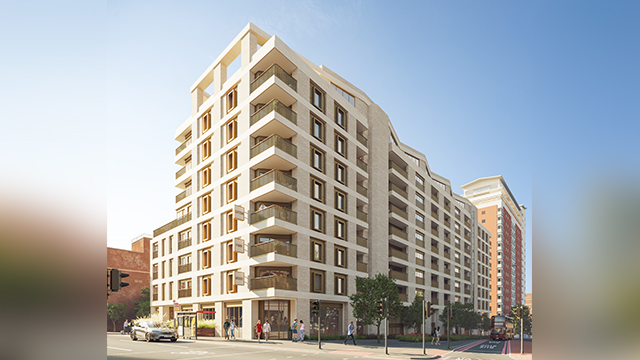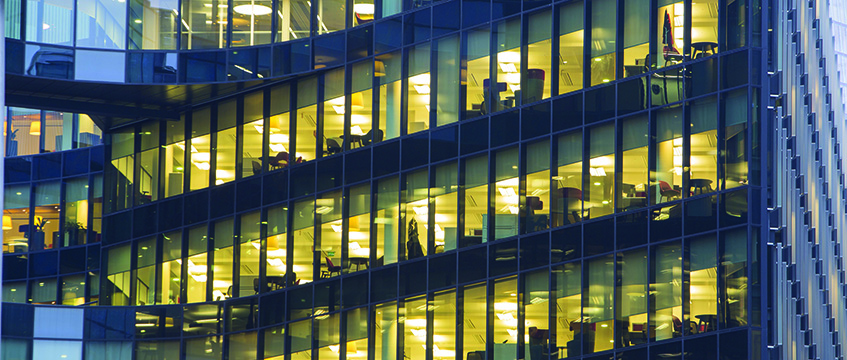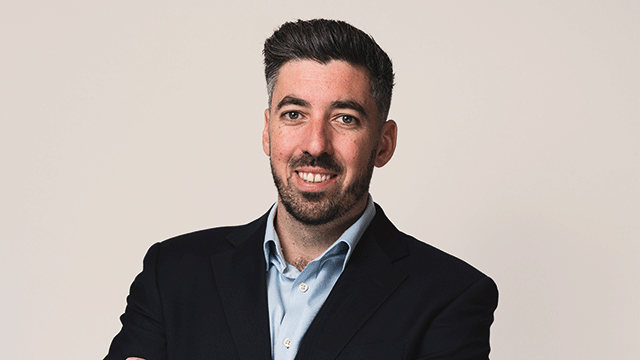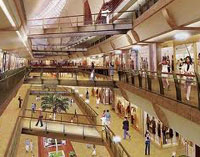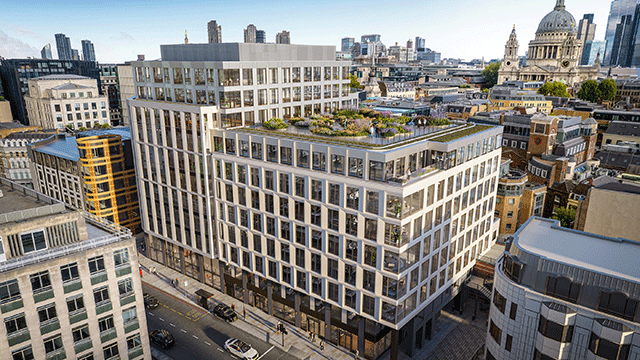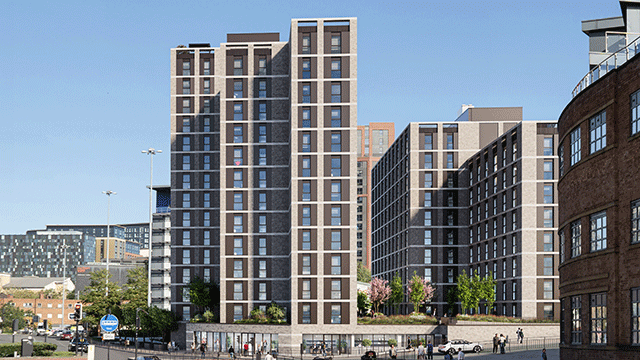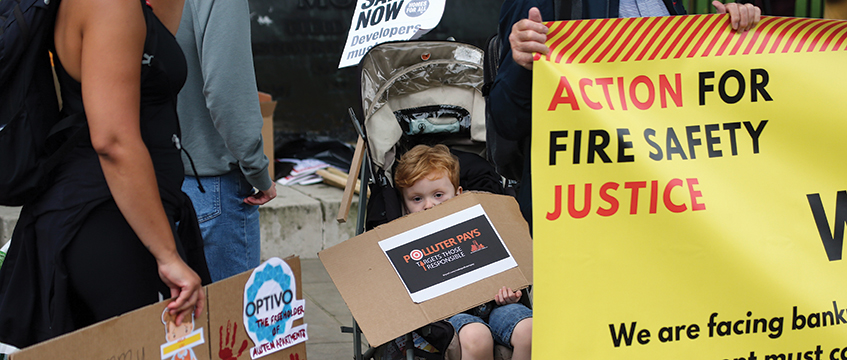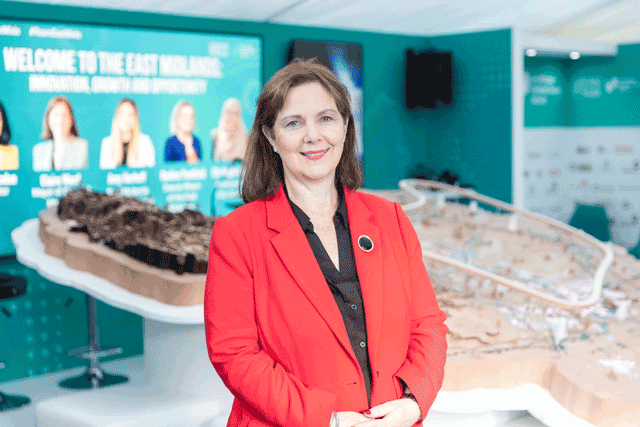Like the weather, prime is getting hotter and hotter. Particularly in the retail sector, with many predicting that yields will harden to 4% before too long.
Already this year US-based Ashkenazy Acquisition Corporation has exchanged contracts to buy Old Spitalfields Market in east London at a 4.3% yield.
But not all investors are being dazzled by the bright lights of prime malls and more and more appear to be turning their attention to secondary in a bid to chase value.
Over recent weeks Kennedy Wilson has stumped up £250m to buy the CBRE Retail Property Fund from administrators at Grant Thornton; Mars Pension Fund has splashed £30m buying the 315,000 sq ft Church Square in St Helens, Merseyside, from the same fund; and M&G Real Estate and LaSalle Investment Management have ploughed more than £150m into the secondary market with their respective purchases of Gracechurch in Sutton Coldfield, West Midlands, and The Pavilions in Uxbridge, Middlesex, from Capital & Regional.
Yields on those purchases have averaged a much less heated 8% to 9%.
“There is a window of opportunity for investors in the secondary market,” says Savills director Mark Garmon-Jones.
But that can only be accessed by addressing vacancy levels and a general lack of investment, he adds.
But how do you spot the opportunities and what kind of occupier should you be targeting to address those vacancy levels?
Architecture firm Child Graddon Lewis this week published its Retail Therapy report, its look at ways in which landlords can encourage footfall to secondary locations.
Most investors will agree that adapting a location to its community is key when maximising the value of a secondary centre.
For NewRiver Retail, this means specialising.
“We focus on convenience, access and ability to move around,” says property director Allan Lockhart.
“Essentially malls can be repositioned into what the community needs,” adds Child Graddon Lewis in its report. “They have the advantage of an existing infrastructure and are usually located on major transportation hubs.
“The key is not to let them stay underused or fallow for too long. They should be regarded as potential assets. Much as you would look at well-located unimproved land, or a deserted warehouse or office district in a city centre.”
The architect proposes filling empty space with different uses, such as conference space, free schools, primary care trusts, etc.
It emphasises the need for landlords to use vacant space to enhance the way people in the local community live, work or shop.
It suggests evening or 24- hour access to collection points for internet deliveries, drop-in office space, gym classes and library services as possible fixes to help boost secondary shopping centres’ fortunes.
For LIM, which has been a prolific buyer of secondary malls this year, the ability to improve the leisure offer of a scheme is also key to boosting fortunes.
“If you improve the leisure and food and beverage offer, you increase dwell time,” says head of retail James Boyd-Philips, “and that should convert into sales and then increased rent over the short to medium term.”
And, according to Deloitte, leisure is a growing market in which to find prospective tenants – and customers. Its research found that the eating-out market grew by 7% over the five years to 2012.
Despite the increasing case to invest in secondary retail, underlying occupational difficulty means that the sector remains at risk.
Investors are still vulnerable to weak retailers, while strong retailers are increasingly playing on landlords’ need to keep centres looking active – high street fashion chain H&M is understood to be adding clauses to its UK leases to amend its rent payment dependent on void levels in malls.
But with active asset management and an openness to test some more innovative uses of vacant space, the opportunity to find value in secondary assets is heating up.
Annabel.Dixon@estatesgazette.com




